Spectroscopy require pressures between 10-6 and 10-9 mbar defined as Ultra High Vacuum (UHV) to operate effectively. Another process which requires this vacuum level is Atomic Layer Deposition. For particle accelerators such as the Large Hadron Collider certain parts of the system demand even lower pressures between 10-9 and 10-12 mbar designated as Extreme High Vacuum (XHV).
To achieve such vacuum levels not only requires the correct pumping train but an accurate pressure measurement technique. In addition choice of material for the vacuum system is paramount. As we shall see maintaining these low pressures requires a detailed analysis of the vacuum system.
Pumps
As with high vacuum requirements a combination of forevacuum and high vacuum pumps is needed. Dry vacuum pumps are essential for UHV and XHV application. Pumps of choice would be scroll pumps, screw pumps and multistage backing pumps. The final choice would be dependent on pumping speed requirements.
To achieve UHV TMPs with a drag stage to pump light gases is a common choice, But as we shall see later high pumping speeds for water vapour is frequently needed and here cryopumps would be a good candidate Additional pumping might be required where vibration is an issue such as surface analysis and ion pumps, with no moving parts are routinely employed,. Moreover the addition of this technology to the pumping train is routinely employed in XHV applications.
Here is a video from Gamma Vacuum which explains the basic principles of how ion pumps operate.
When pressure within the pump body is at 10-4 mbar or better a high voltage is applied to the Titanium electrodes which results in an electron discharge. The powerful magnets typically 1200 Gauss attract and maintain these electrons within the anode ring as a plasma.
Residual gases within the anode assembly will collide with these free electrons. As a result of these interactions electrons are removed from the valency shells of the gaseous elements and molecules. The resultant positive gaseous species are repelled from the positive anode to the Titanium cathode plates.
When the positive gaseous ions collide with the cathode some of the titanium is sputtered from the surface. The gaseous species then react chemically and physically with the titanium and become trapped thus providing a pumping mechanism akin to cryopumps.
Gauges
Both penning (cold cathode) and ion (hot cathode) gauges will measure into the UHV region, but ion gauges offer the highest sensitivity namely 10-11 mbar.
An illustration of an ion gauge is shown below:
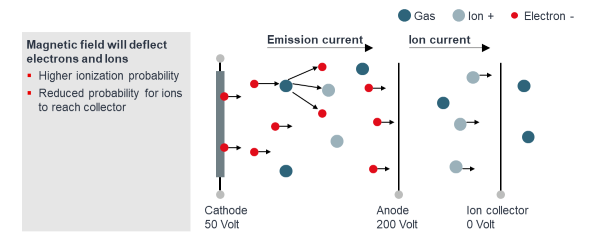 Ionisations-gauge “Hot Cathode”
Ionisations-gauge “Hot Cathode”
The hot cathode ionization gauge initiates a constant electron flow from the glowing cathode (electron source) to the anode (electron drain). These electrons hit a pressure dependent quantity of gas molecules, which become positive ions, causing a pressure related current to register on the ion collector
Furthermore, the lower limit of hot cathode ionization gauges is due to the X-ray factor. The electrons emitted from the cathode impact on the anode causes a release of photons (soft X-rays) which triggers electrons to be emitted from the ion collector surfaces, causing an offset current. To overcome this an “extractor” system has been developed which reduces the X-ray effect by shielding the ion collector. The extractor system, by focusing the positive ions, maintains the ion current at an acceptable level and, as a result, extends the measuring range beyond 10-12 mbar.
Permeation
For high vacuum applications that is 10-3 to 10-6 mbar polymeric and rubber O-rings seals work satisfactorily. However for UHV and XHV processes their permeation rates are too high. Consequently metal gasket seals must be employed. Copper gaskets are the most common material although Indium can be used. An additional advantage of metal seals is their ability to maintain vacuum integrity up 450 deg C. This, as we shall see, is important when considering degassing. Unlike O-rings seals, which can be broken and made many times without problems, if a metal gasket is required to be broken it cannot be re-used.
Degassing
Degassing is one of the key obstacles to achieving and maintaining vacuum levels below 10-6 mbar.
The prime culprit is water vapour but if a process incorporates volatile organic species these also need to be addressed. To minimise adsorption of vapours which then slowly degas it is important the following guidelines are considered and followed
- minimise the chamber’s internal surface area
- only welding from the inside
- use materials with low desorption/outgassing rates
- suitable pre-treatment of materials (e.g. electro-polishing)
- ensure there are no internal gaps or trapped volumes (e.g. tapped blind holes)
- reduce the number of seals, feedthroughs etc.
- employ trace heating to increase degassing rates which is possible when using metal seals
Leak Detection
To maintain UHV and XHV vacuum levels leak rates of less than 10-7 mbar l/s are required. To reliably measure these values a Helium Leak Detector offers the most practical solution.
A local leak detection method as is shown below can measure leak rates down to 10-12 mbar.
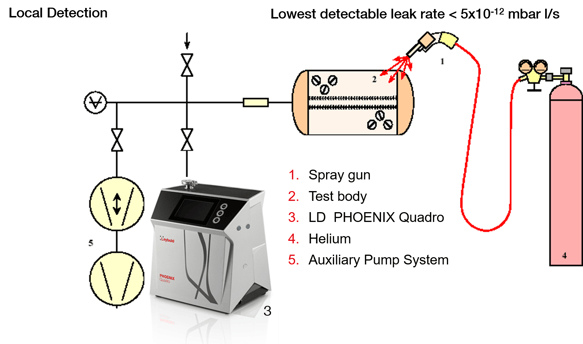 Vacuum Method – According DIN EN 1779 A3
Vacuum Method – According DIN EN 1779 A3
Conclusion
- When choosing the pumping system the consideration needs to be given to the exact vacuum level and if vibration is an issue
- For vibration sensitive applications or where XHV is needed the addition of ion pumps is good option.
- For accurate and reliable pressure measurement in the UHV region hot ion gauges are a common choice
- In the XHV region Extractor gauges are the preferred type,
- Minimising de-gassing is essential and choice of materials and system design are key
- The use of a Helium Leak Detector is essential to maintain a reliable vacuum.
Contact us for more information on the Gamma and Leybold products please get in touch info@provac.ie

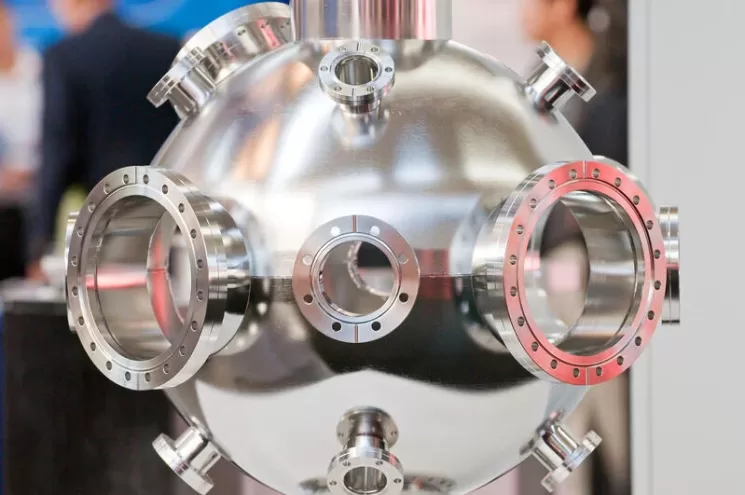

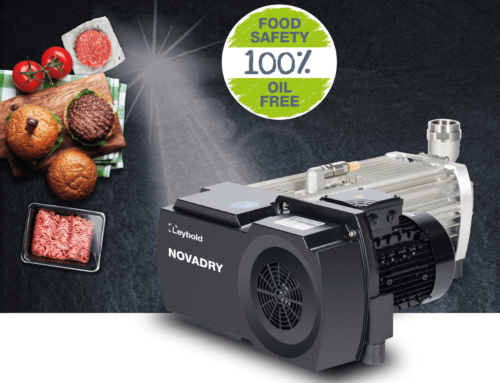

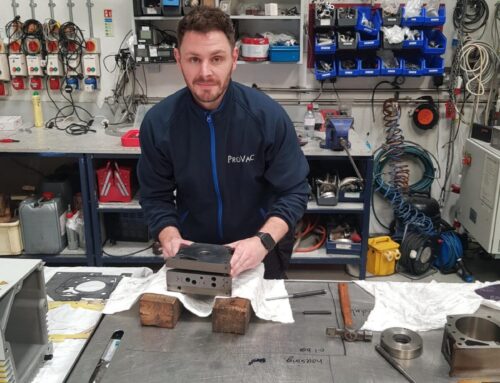
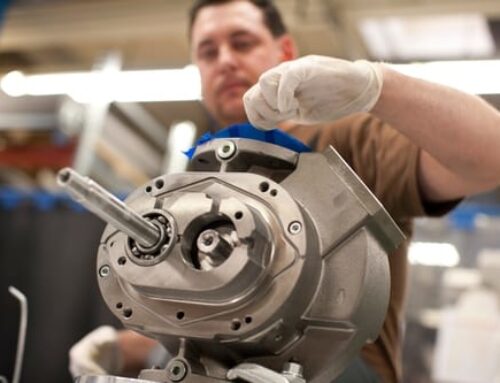

Leave A Comment